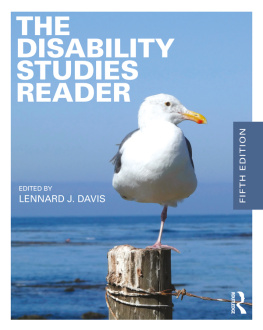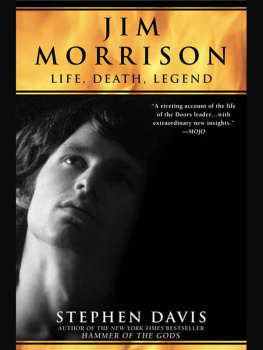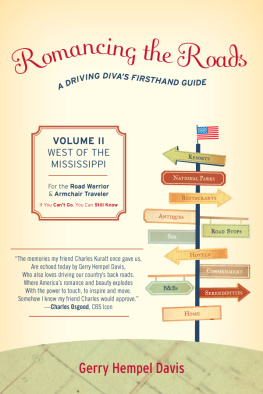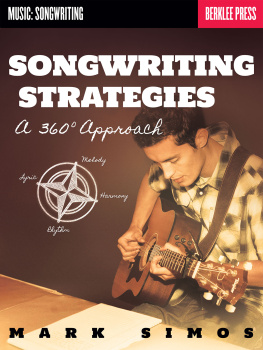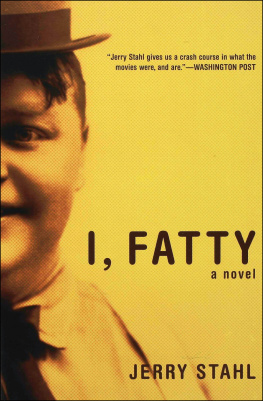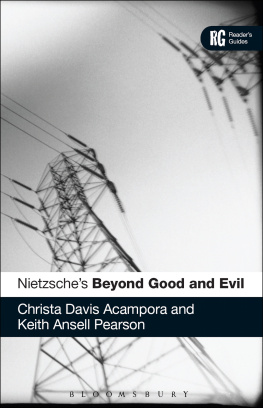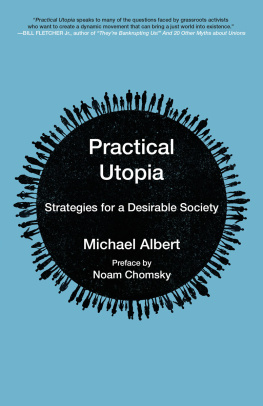The Song-writers Idea Book
40 strategies to excite your imagination, help you design distinctive songs, and keep your creative flow.
SHEILA DAVIS
Writer's Digest Books
Cincinnnati, Ohio
ABOUT THE AUTHOR
Sheila Davis, a gold-record lyricist, is an adjunct professor at The New School University in New York. She is the author of The Craft of Lyric Writing and Successful Lyric Writing.
Songwriters Idea Book. Copyright 1992 by Sheila Davis. Printed and bound in the United States of America. All rights reserved. No part of this book may be reproduced in any form or by any electronic or mechanical means including information storage and retrieval systems without permission in writing from the publisher, except by a reviewer, who may quote brief passages in a review. Published by Writer's Digest Books, an imprint of F + W Publications, Inc., 4700 East Galbraith Road, Cincinnati, Ohio 45236. (800) 289-0963. First edition.
11 15 14 13
Library of Congress Cataloging-in-Publication Data
Davis, Sheila
The songwriters idea book/Sheila Davis.
p. cm.
ISBN-13: 978-0-89879-519-6
ISBN-10: 0-89879-519-2
1. Lyric writing (Popular music) I. Title.
MT67.D253 1992
808.066782dc20
92-23322
CIP
MN

Designed by Sandy Conopeotis Kent
Every good idea and all creative
work are the offspring of the
imagination.
The debt we owe to the play of
imagination is incalculable.
CARL JUNG
TABLE OF CONTENTS
ACKNOWLEDGMENTS
T his book advances an original theory: Namely, that writing style predicts one's personality type and thinking styleand vice versa. Every theory of course piggybacks on the thinking of others. So I must acknowledge those seminal thinkers without whom my hypothesis could not exist. First and foremost, Carl Jung on whose theory of psychological types my own notion of the relationship between language and cerebral function squarely rests.
I am indebted to Katharine C. Briggs and her daughter Isabel Briggs Myers who together created the Myers-Briggs Type Indicator (MBTI), a pioneer psychological instrument based on Jung's theory of type. Their idea to supplement Jung's three scales of polar-opposite cognitive functions and attitudes with a fourth scale of orientations was essential to my envisioning the type/brain models which have become fundamental to my teaching methods.
The insight of another illustrious thinker scaffolds my theory of writing style and brain function: Giambattista Vico, the 18th century philosopher, was the first to realize that Metaphor, Metonymy, Irony and Synecdoche were not mere figures of speech, but rather the four master figures of thought. My theory links those master figures to both Jung's personality types and to brain lateralization function.
Of course my hypothesis would not exist without the neurological discoveries of such eminent researchers as Broca, Wernicke, Sperry, Bogen, Gazzaniga, Geschwind, et al. Their pioneering studies paved the way for the sophisticated techniques that continually yield exciting new clues to the brain's organization of language.
I want especially to acknowledge the talent and tenacity of my students whose role-model lyrics enliven this book. They rose to the challenge of tough criticism to polish the rough edges of those lyrics until they fulfilled their potential.
And finally a thank you to my husband, mentor, and meticulous editor, whose cogent comments on my manuscript sent me back yet again to polish my own rough edges.

INTRODUCTION
B uilding a successful songwriting career demands three attributes: talent, technique and sustained creativity. Talent of course is something one is born with. It's what Irving Berlin called having the knack.
My first two books-The Craft of Lyric Writing and Successful Lyric Writingaimed to support that knack by laying a foundation of craftsmanship-those timeless principles on which our standards were built. This book, like my advanced classes, presumes that you're familiar with the major music forms and the basic tenets of rhyme, rhythm and plot development. So we start beyond the basics. We'll address here the third requisite-sustained creativity. This book aims to put you in closer touch with your individual creative process.
The core material of The Songwriters Idea Book features forty strategies to spark your imagination and keep your creative flame burning. It's illustrated by over one hundred role-model lyrics produced by writers trained in whole-brain thinking and writing. These songwriters not only know their right brain from their left-which hemisphere does what, and when and how to use it-they know a lot about their individual thinking styles, generally called brain dominance. They've learned how to access their right brain's ability to be spontaneous, imaginative, visual, metaphoric-to tease out intuitions and come up with original concepts. And they've learned how to access their left-brain's structural ability to help shape their thoughts into sequential order and the ideal form, and with its resident editor to detect the discrepancy, weed out the redundancy, and transform a promising first draft into a polished final.
Their lyrics work on the printed page without the crutches of melody or synthesized rhythm track because each coherently expresses an individual slant on a universal concept with genuine feeling-combining the best of both brains.
We all possess enormous creative potential. But, like solar power, to be effective it must be harnessed. I believe that you'll find the whole-brain approach to songwriting both challenging and rewarding. And like my students who've gained success in every area of songwriting-pop, country, children's market, cabaret and theater-you will gain a new mastery of your creative process that will lead to success in your chosen marketplace.

PART ONE
A Digest of Songwriting Theory
T hroughout the book I'll allude to such common songwriting terms as the bridge, or the attitudinal plot, or trailing rhyme. For your convenience, Part I supplies you with a digest of the major principles of songwriting structure and development.
From time to time you may want a more detailed description of a particular element such as meter or time frames, so I'll refer you to those pages in The Craft of Lyric Writing and Successful Lyric Writing -hereafter referred to as CLW and SLWwhich go into a subject in depth.

An Overview of Lyricwriting Principles
Before we plunge into the forty strategies for generating ideas, let's briefly review the main terms, principles and guidelines for successful songwriting.
The Essential Lyric Framework
Make sure your lyric contains:
A Genuine Idea
About convincing human beings in believable situations
That expresses one clear attitude or emotion
That's substantial enough to be set to music
That strikes a common chord
That puts the singer in a favorable light
That millions will want to hear again
A Memorable Title
That is identifiable after one hearing
That summarizes the essence of the lyric's statement
That's one of a kind
A Strong Start
That pulls the listener into the song
Next page

